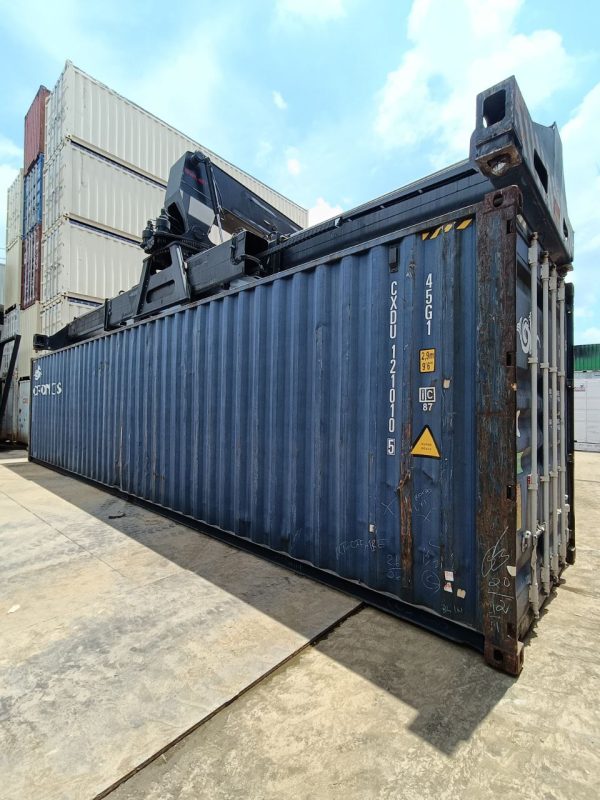How to Overcome Poor Ventilation in Shipping Container Workspaces

Shipping containers are increasingly popular for a range of purposes beyond their original intent of transporting goods. They’re used as offices, workshops, and even homes. However, one common issue with using shipping containers as workspaces is poor ventilation. Proper airflow is crucial for maintaining a comfortable and healthy working environment, but shipping containers often lack sufficient ventilation. Here’s a guide on how to overcome poor ventilation in these versatile spaces.
Understanding the Ventilation Challenge
Shipping containers are designed to be airtight to protect their contents from external elements during transport. While this feature is beneficial for shipping, it poses a problem when using containers as workspaces. Without adequate ventilation, containers can become hot, stuffy, and prone to condensation. This can lead to discomfort, reduced productivity, and potential health issues for occupants.
Assessing Your Ventilation Needs
Before addressing ventilation issues, assess the specific needs of your workspace. Consider the number of occupants, the type of work being performed, and the local climate. For instance, a container used as an office with several people will have different ventilation requirements than a single-person workshop.
Strategies to Improve Ventilation
- Install Vents and Fans:
One of the simplest ways to improve airflow in a shipping container is to install vents. Roof vents, wall vents, and floor vents can help facilitate air exchange. Pairing these vents with fans can further enhance airflow. Ceiling or exhaust fans help expel hot air, while intake fans can draw in cooler air from outside. Make sure the fans are appropriately sized for the container and the climate. - Use Air Conditioning and Heating:
Air conditioning units not only cool but also help in dehumidifying the air, which can be beneficial in preventing condensation. In colder climates, a heater with proper ventilation can help maintain a comfortable temperature. Ensure that any HVAC system is properly installed to avoid creating air leaks, which can reduce efficiency. - Implement Passive Ventilation:
Passive ventilation systems use natural forces to promote airflow without mechanical assistance. One effective method is to install louvered vents that allow air to flow in and out of the container. You can also use operable windows or doors to facilitate cross-ventilation, where fresh air enters from one side and stale air exits from the other. - Add Insulation:
Proper insulation can help regulate the internal temperature of the container, reducing the need for excessive heating or cooling. Insulation also helps in minimizing temperature fluctuations, which can contribute to condensation issues. Reflective insulation can be particularly effective in reducing heat gain from the sun. - Incorporate Greenery:
Plants can improve air quality and provide a natural way to enhance the environment within a shipping container. Certain plants, such as spider plants or peace lilies, are known for their air-purifying properties. Including greenery not only improves air quality but also creates a more pleasant and productive workspace. - Regular Maintenance:
Regular maintenance is crucial for ensuring that your ventilation systems are functioning correctly. Clean vents, fans, and filters regularly to prevent blockages and ensure efficient airflow. Inspect for any signs of leaks or damage that could affect ventilation performance. - Monitor Indoor Air Quality:
Use indoor air quality monitors to keep track of factors such as temperature, humidity, and CO2 levels. These monitors can provide valuable data that can help you adjust your ventilation strategies and ensure a comfortable and healthy workspace.
Conclusion
Overcoming poor ventilation in shipping container workspaces requires a combination of strategies tailored to your specific needs. By installing vents and fans, using HVAC systems, implementing passive ventilation, adding insulation, incorporating greenery, and maintaining your systems, you can create a comfortable and productive environment. Regular monitoring and adjustments will help ensure that your shipping container workspace remains conducive to efficient work and overall well-being.
Addressing ventilation issues proactively will not only enhance comfort but also contribute to a more effective and enjoyable working environment.

